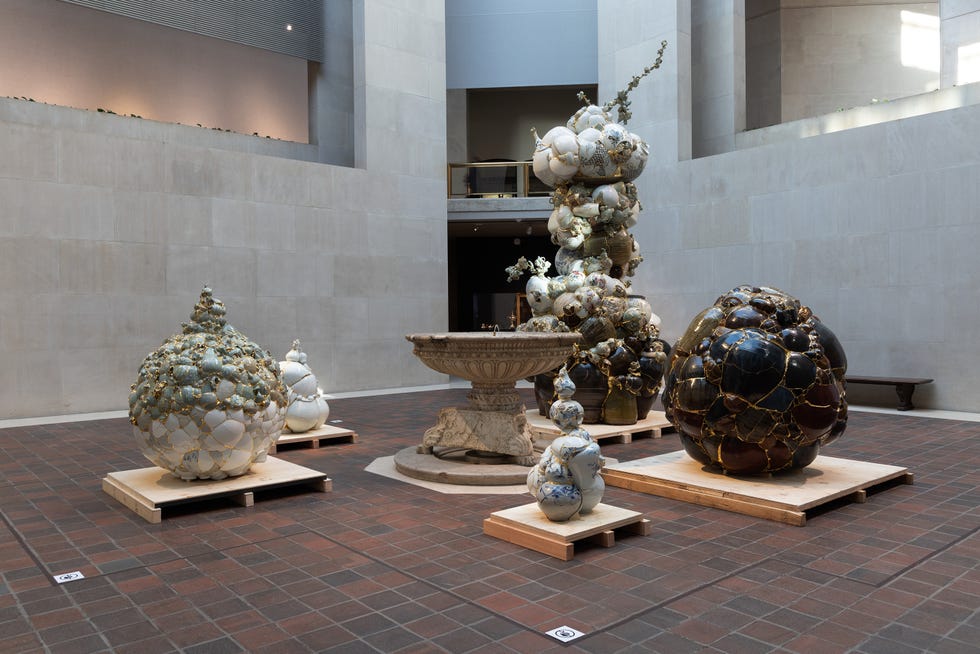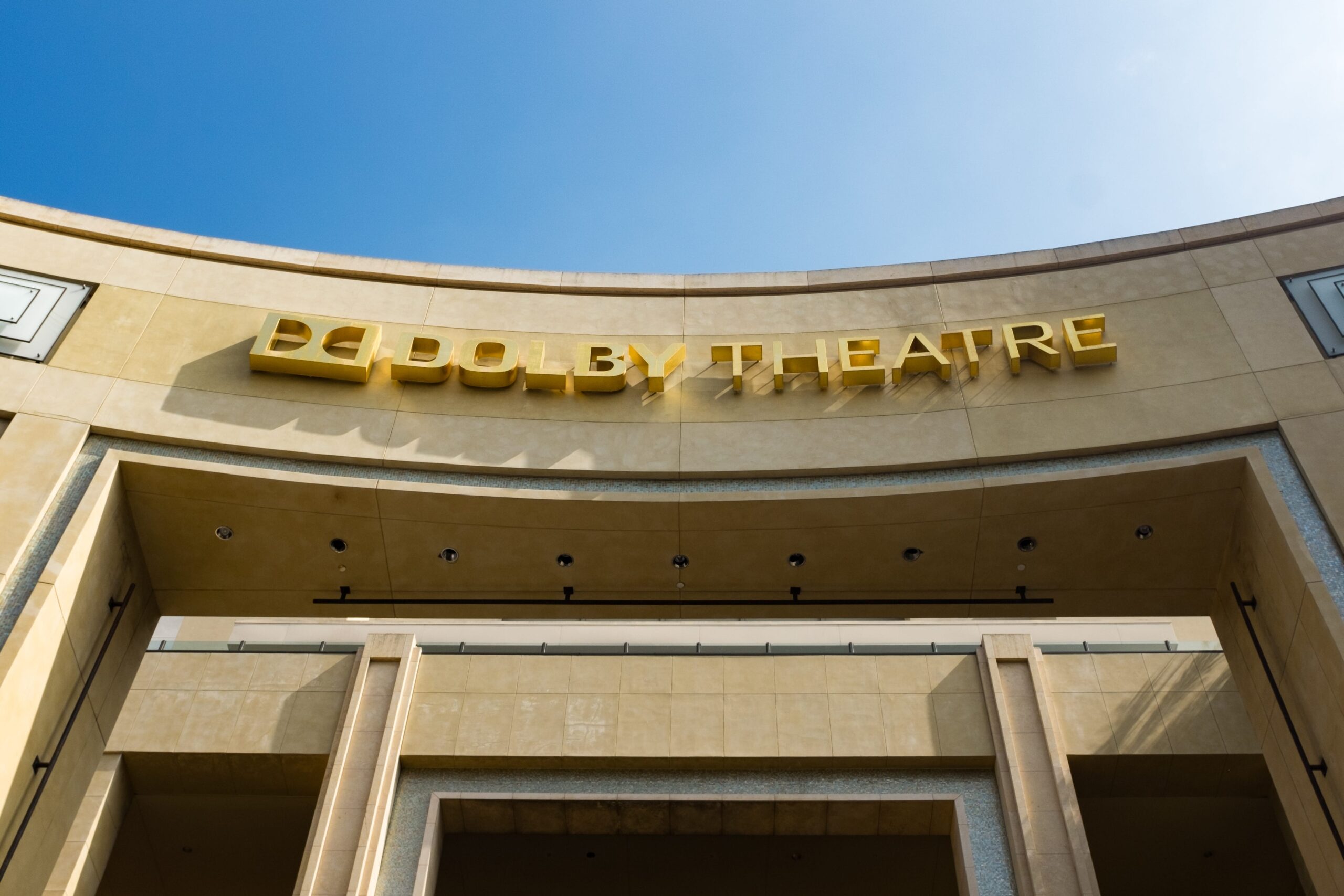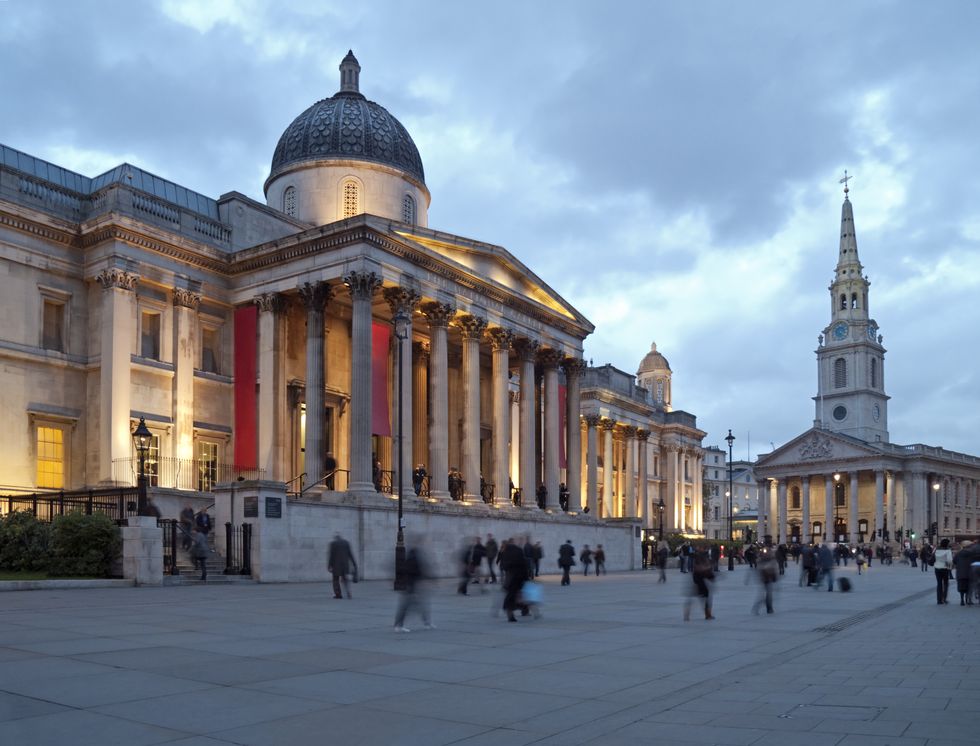If you were to descend the steps into the central atrium of the Robert Lehman Wing this summer, you would find yourself before five bulbous, weirdly wonderful, sublimely grotesque forms looming above you in, well, monstrous beauty. The pieces—the creation of contemporary Korean artist Yeesookyung who Frankenstein-ed together glued pieces of discarded ceramic fragments using the kintsugi repair method—are the opener for the Met’s new show, Monstrous Beauty: A Feminist Revision of Chinoiserie, on view through August 17. If they aren’t what you expected to see in a show on chinoiserie, that was entirely intentional.
Continue on and you will find a barbaric wailing siren propped upon bird-like hands in the center of an 18th-century Italian sweetmeat dish; a 17th-century Iranian plate featuring an errant interpretation of Chinese dragon designs; and a dutch tin-glazed birdcage depicting maidens with open cages and escaped birds as references to lost virginity or loose morals. More jolting, perhaps, than the exhibition’s obviously appropriative items, are the pretty floral patterns and scenic landscapes with rampant undertones of a more casual misogyny: a tea caddy made by the Meissen porcelain manufactory, for instance, depicts a subservient Asian woman washing the feet of a European man.
Among the show’s 200 luxury objects from the 16th-century to today, various depictions of Asian women run the gamut—as humans, mermaids, monsters, dragons, and exotic beings—all artificial projections of women that were a then interesting, and yet damaging, alternative to the narrow European vision of classical perfectionism.
The show—which curator Iris Moon says was inspired by an ELLE DECOR article, It’s Time to Rethink Choinoiserie, by Aileen Kwun—reimagines the story of European porcelain through a feminist lens, challenging the traditional narrative of chinoiserie as pretty, harmless curiosities. The show aims to “shatter the lure of the exotic” (as an opening statement reads), encouraging visitors to look past those innocent-seeming cartoonish pagoda designs to see how they are vehicles for longstanding racial and gender stereotypes about the East.
“The artificial depictions of women in both the small, toylike objects and the painted export mirrors from the same period shown here were intended as luxury objects with surface appeal. They offered nothing deep or meaningful,” the show’s opening plaque reads. “Seen again today, they are portals into another realm, where reflection on women’s changing perceptions of themselves appear alongside competing projections about who they were expected to be.”
The show seeks to create a conversation between past and present, including works by seven contemporary Asian and Asian American women. Halfway through the exhibit, one is confronted with two seemingly disparate items: to the left, an elegant vintage silk evening dress with gold detailing; to the right, a writhing root-like sculpture gawking back. Upon closer examination, the two are more alike than they are different. The dress was worn by Anna May Wong, the first Chinese American star in Hollywood, in 1934, reflecting the role of “Dragon Lady,” a racialized femme fatale. It’s in direct conversation with contemporary artist Lee Bul’s Monster: Black, a 2011 piece that harnesses sequins, crystals, dried flowers, and glass beads—the stuff of domestic labor—to create what the show describes as “a defiant figure of social liberation.”
Further on, the show’s closing work brings a memorable solemnity to the experience: A full-size massage table made of raw, unglazed porcelain punctured by holes—a new commissioned work by Patty Chang called Abyssal—recalls the murder of six spa workers in Atlanta in 2021, a crime that is one of many instances in which Asian women have been aligned with sexual availability and death. After the exhibition closes, the table will be dropped in the Pacific Ocean, where it is sure to join the ranks of other porcelain fragments that have been overtaken by coral and sediment on the ocean floor, not unlike the one recovered from a 1613 shipwreck and shown at the beginning of the show.
Rachel Silva is the associate digital editor at ELLE DECOR, where she covers all things design, architecture, and lifestyle. She also oversees the publication’s feature article coverage, and is, at any moment, knee-deep in an investigation on everything from the best spa gifts to the best faux florals on the internet right now. She has more than 16 years of experience in editorial, working as a photo assignment editor at Time and acting as the president of Women in Media in NYC. She went to Columbia Journalism School, and her work has been nominated for awards from ASME, the Society of Publication Designers, and World Press Photo.









